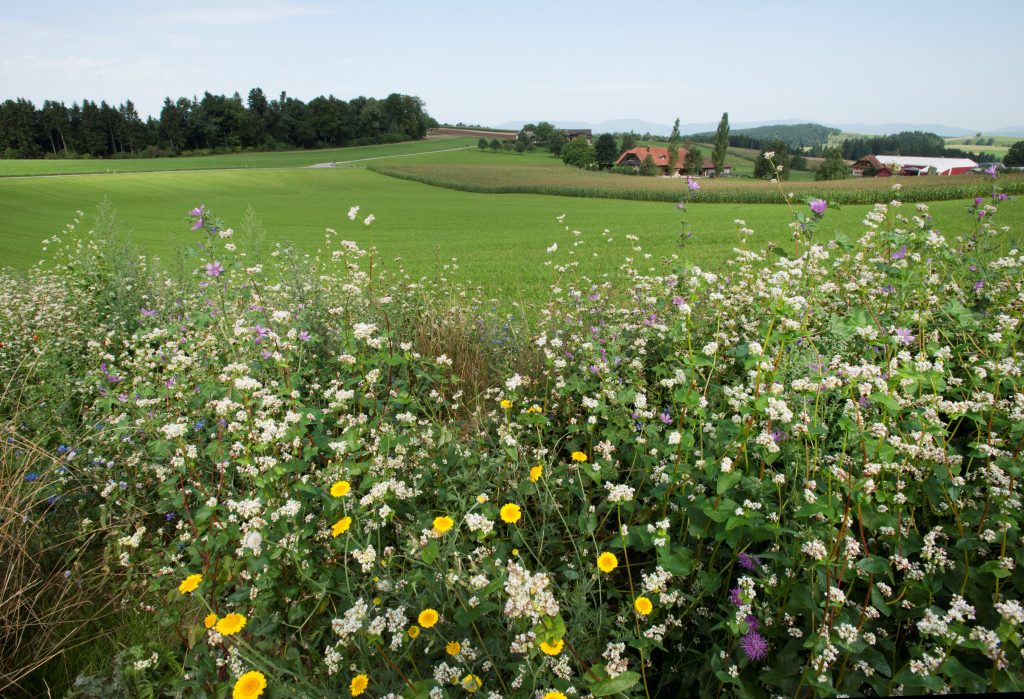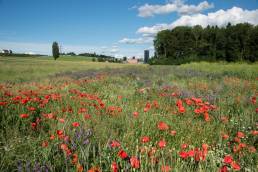Biodiversity of Switzerland’s agricultural land is surveyed
Agroscope’s “ALL-EMA” programme of controls and measures focuses on the diversity of flora and fauna in cultivated habitats in the Swiss landscape
Many plant and animal species depend on habitats characterized by agricultural exploitation.
Where, how often and which species are present in the agricultural landscape? What is the status of their habitats? Are the measures taken effective?
Agroscope’s “ALL-EMA” biodiversity monitoring program records the diversity of species and habitats in the Swiss agricultural landscape.
It is the starting point for understanding the status of habitats on which agricultural production is heavily dependent.
Dairy products and agrotourism? Great in Switzerland
An App to streamline the work of Swiss farmers
Initial results show that at lower altitudes (lowland and hill areas) species and habitat diversity is significantly lower than at higher altitudes (mountain areas).
What do Cinquefoglie tormentilla, Melanargia galathea, and Spioncello have in common? They are all common species in the Swiss agricultural landscape.
Unfortunately, this is not true for all species that live in agricultural habitats.
For example, populations of Fennel, Damon’s Thousandths, and Warbler have declined so much that they are considered threatened species.
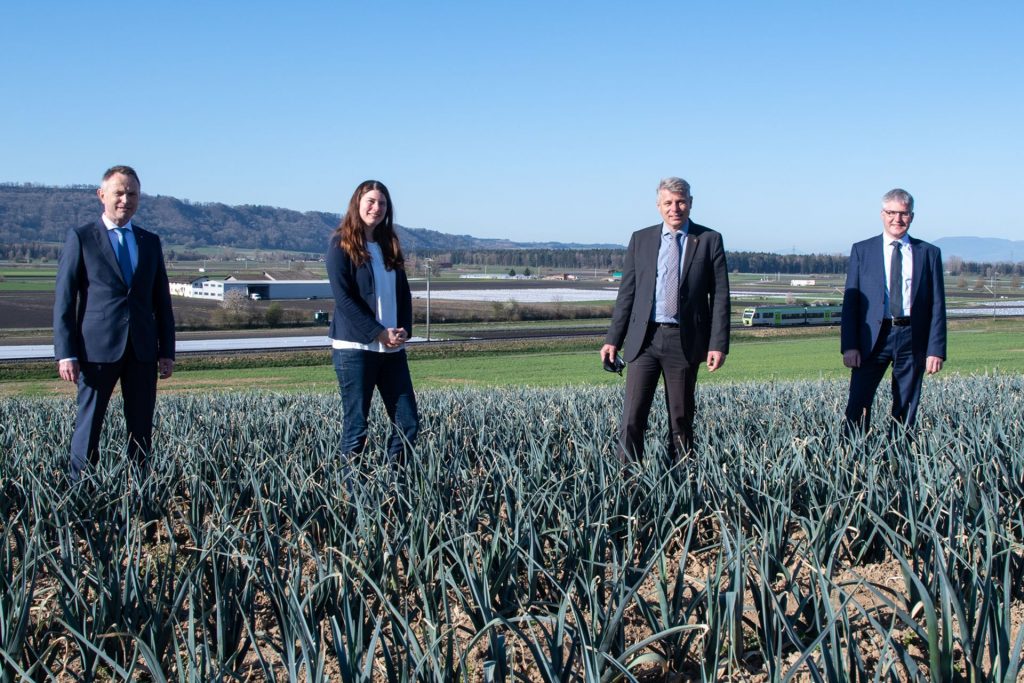
Generally lower abundance in lowlands and hills
Every five years, the program “ALL-EMA” (“Species and Habitats in Agriculture”) provides representative data on habitat quality, plant occurrence and – in collaboration with Biodiversity Monitoring Switzerland – on butterflies and birds.
According to the first results, species and habitat diversity is significantly lower at lower altitudes (lowland and hill areas) than at higher altitudes (mountain areas).
Given the natural conditions, one would expect the opposite: more species at lower elevations than in the mountains, where conditions are too inhospitable for many living things.
According to numerous studies, the cause is attributable to intensive human exploitation of the lowland landscape.
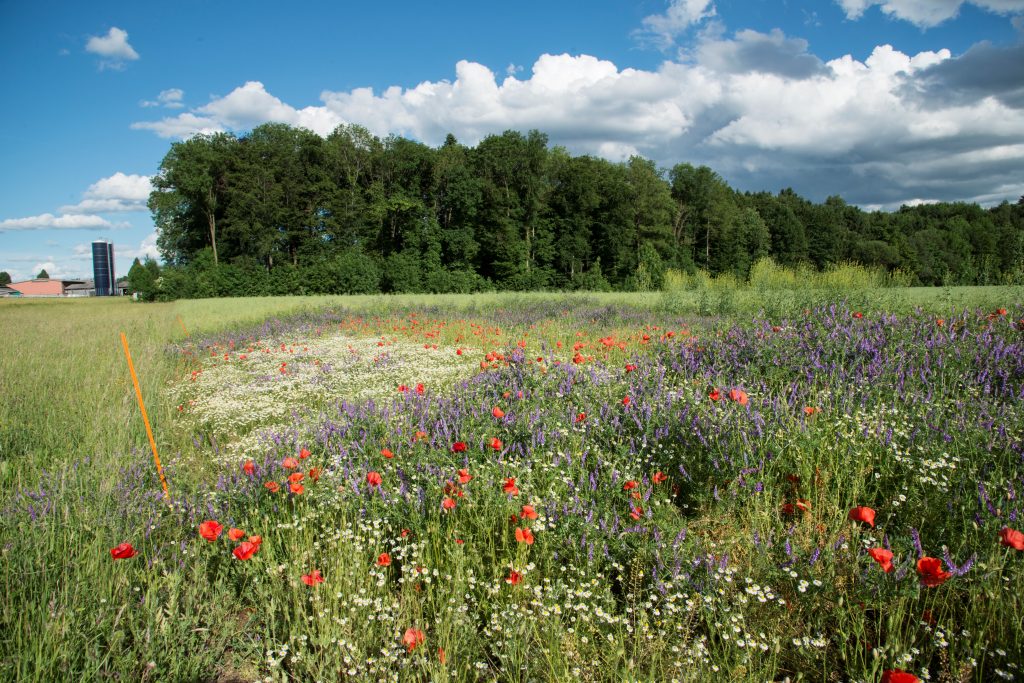
Protection measures work, but not enough
All farmers receiving direct payments manage a portion of their land as biodiversity promotion areas to prevent further decline in biodiversity.
Agroscope researchers studied differences in species and habitat diversity between promotion and control areas without promotion measures.
Overall, they found greater species and habitat diversity in the biodiversity promotion areas, although the difference varied depending on altitude.
Switzerland and six other EU countries together for the Nutri-Score
Switzerland’s booming alpine economy depends on partnerships
At lower altitudes, biodiversity is significantly higher in promotion areas than in control areas, which shows the importance of the measures.
However, there are not enough high quality areas to promote species and habitat diversity on a large scale.
In mountain regions, the difference between biodiversity promotion and control areas is less pronounced, and overall biodiversity is better.
In lower mountain regions, however, some values are virtually identical to those in lower elevations.
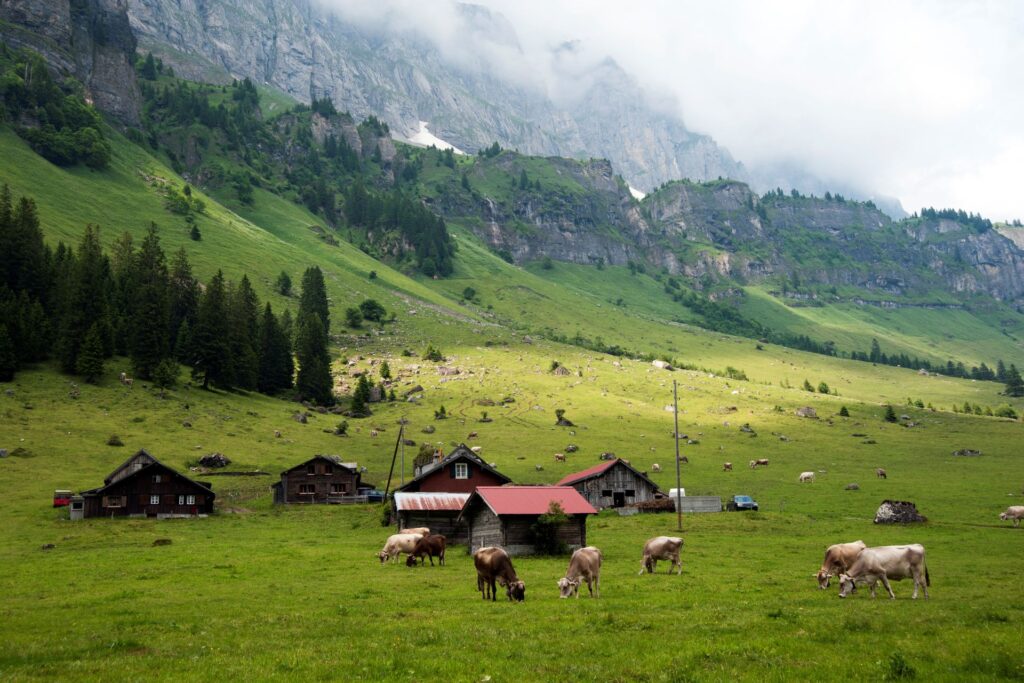
Knowing the causes to make the right decisions
The “ALL-EMA” report on the state of biodiversity in Swiss agriculture summarized the results of the first five-year survey cycle.
Some of them have already fed into the further development of agricultural policy in the form of measures to improve the quality of biodiversity promotion areas.
In the meantime, the second survey has been launched in order to be able to evaluate the development over time.
In the future, ALL-EMA researchers will focus more on the causes of the decline in biodiversity.
This will make it possible to better evaluate current measures to promote species and habitat diversity.
This, in turn, will enable more effective and efficient measures to be taken to promote biodiversity and will enable the Fennel and the Warbler to continue to live in Switzerland in the future.
A reminder of what the ALL-EMA conservation project is all about
The monitoring program “ALL-EMA” (“Species and Habitats in Agriculture”, www.allema.ch) was commissioned by the Federal Office for Agriculture (FOAG) and the Federal Office for the Environment (FOEN) with the aim of promoting the diversity of species and habitats in the Swiss agricultural landscape.
With “ALL-EMA”, the systematic observation of biodiversity can also serve to understand how to optimize measures to promote biodiversity. The three areas of research are:
1) systematic and repeated recording of the status and changes of species and habitat diversity in the agricultural landscape according to OAA;
2) assessment of the status and changes in species and habitat diversity of biodiversity promotion areas;
3) analysis and provision of data to answer current and future questions about species and habitat diversity in the Swiss agricultural landscape.
“ALL-EMA” complements the federal monitoring strategy with the key domain “agricultural landscape” to create synergies with the key domains “Swiss landscape” (www.biodiversitymonitoring.ch), “inventory surfaces” (biotopschutz.wsl.ch) and agri-environmental monitoring (https://www.blw.admin.ch/blw/it/home/nachhaltige-produktion/umwelt/agrarumweltmonitoring.html).
